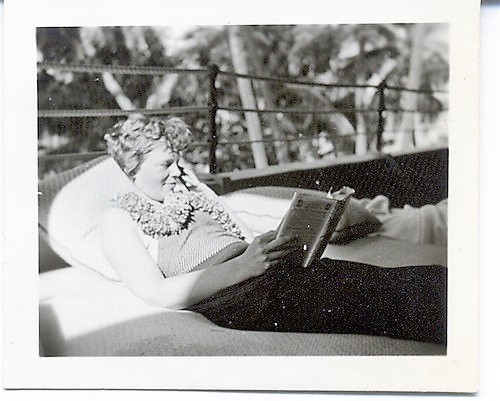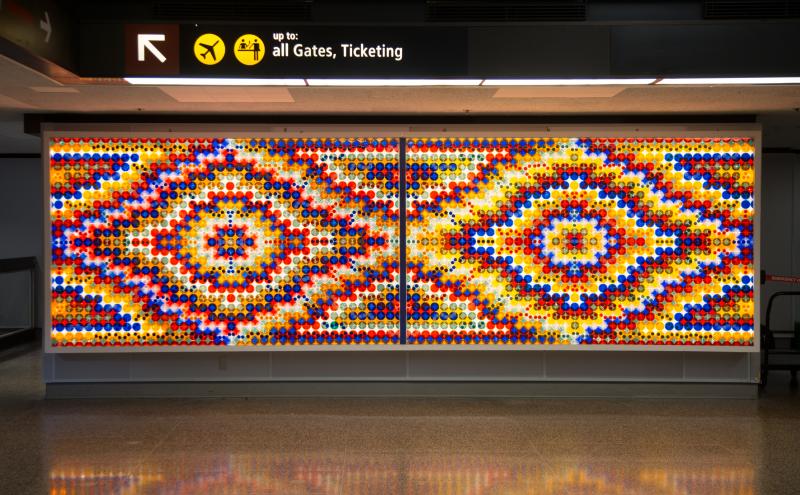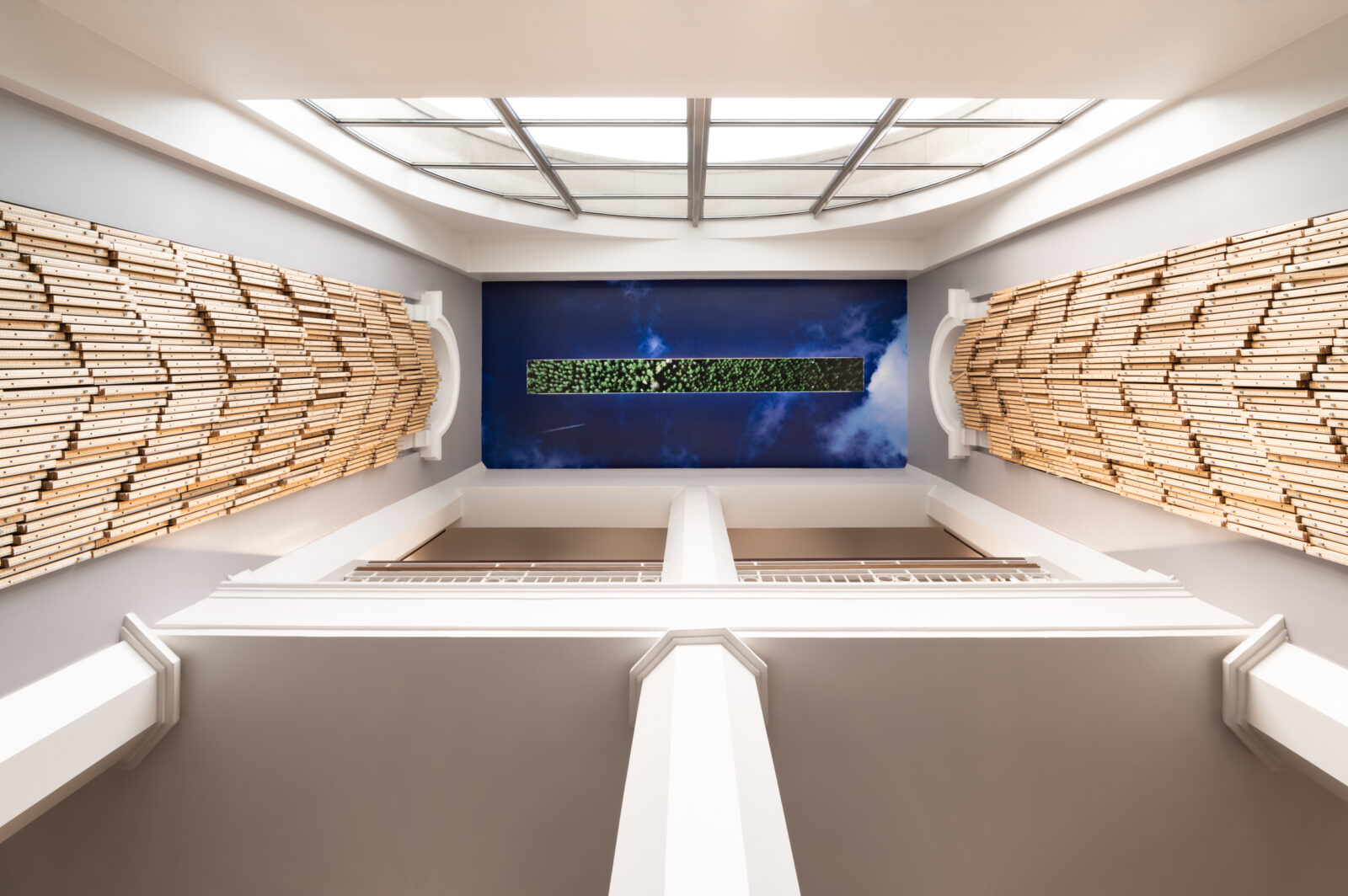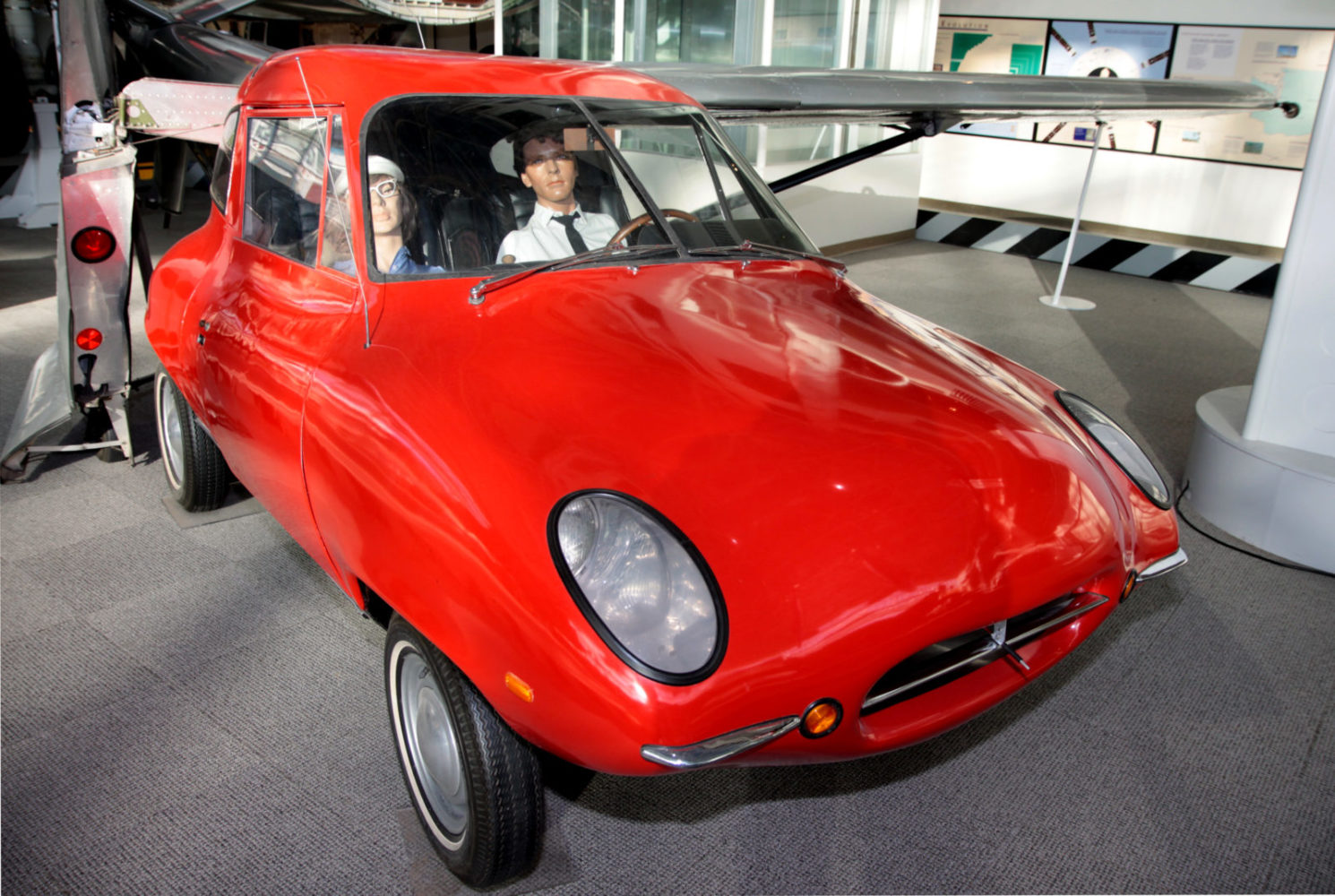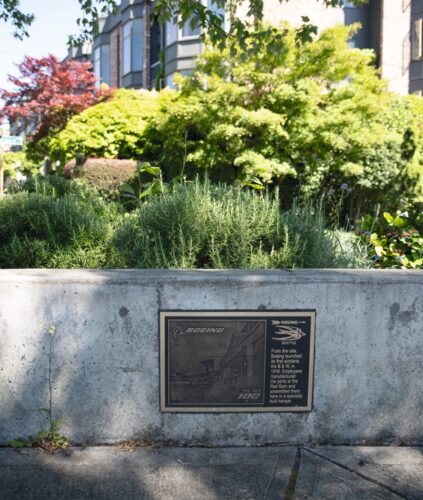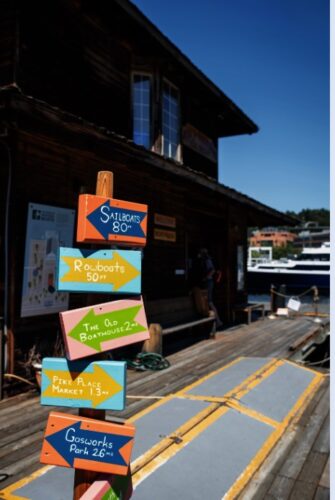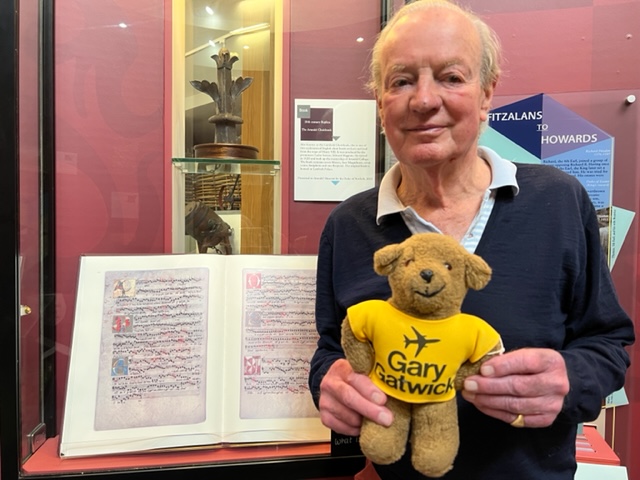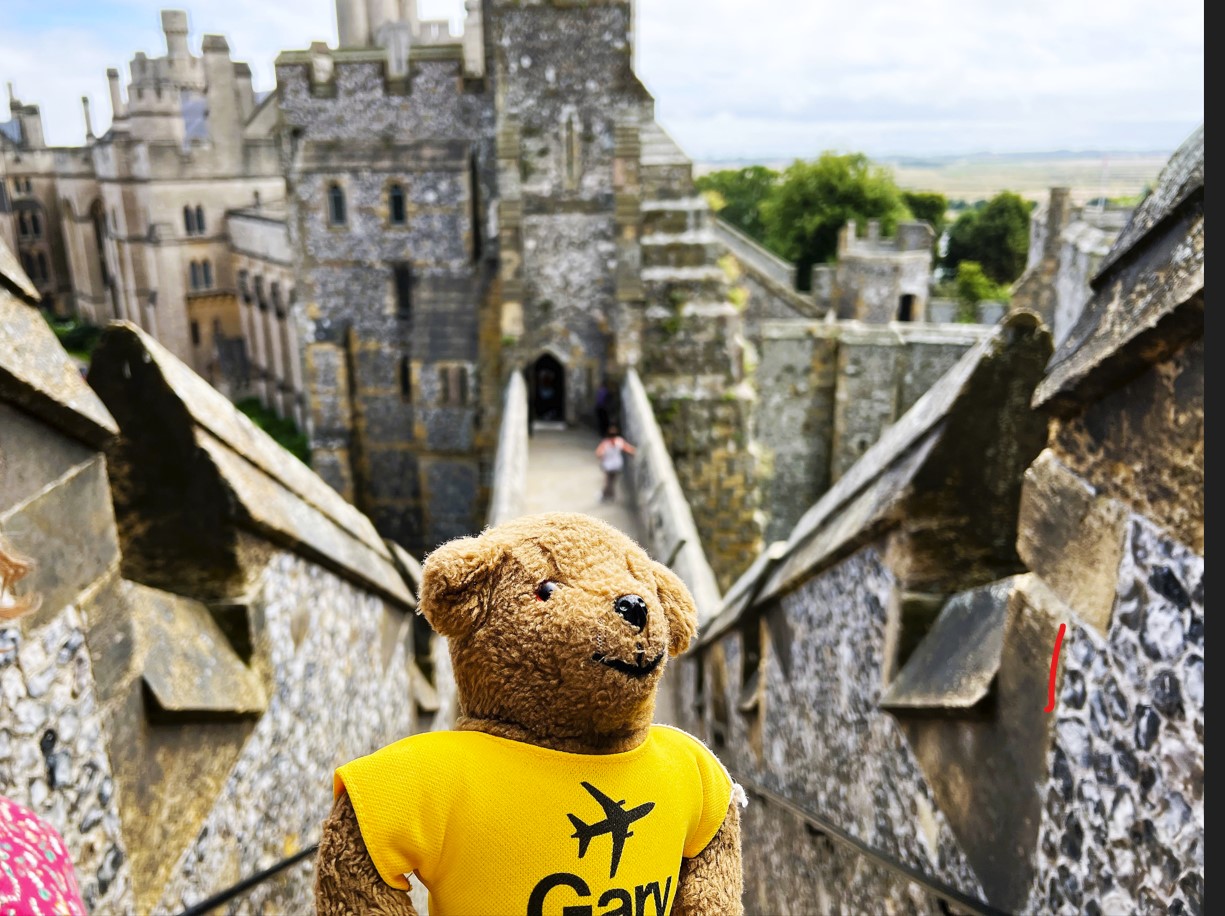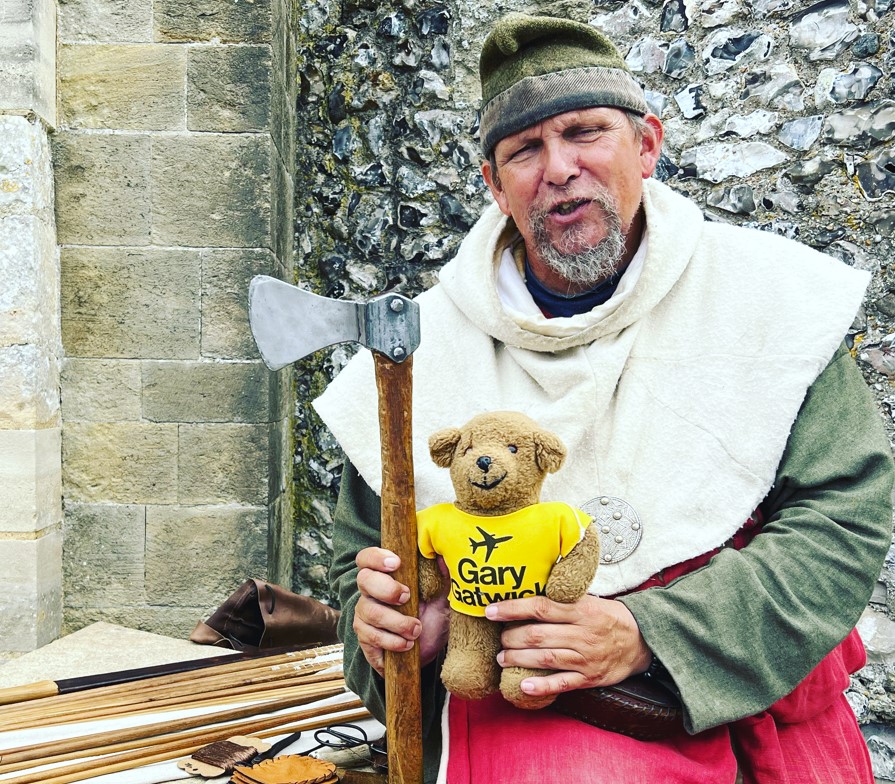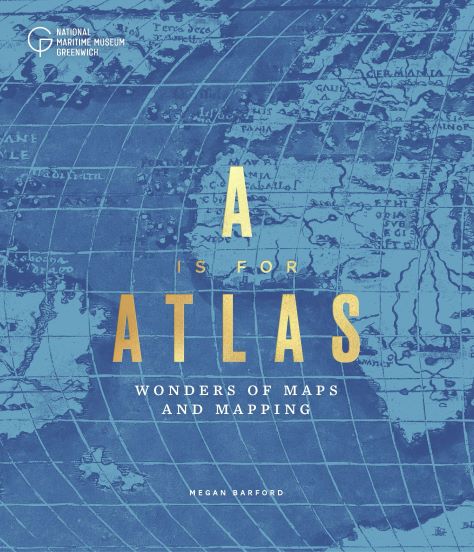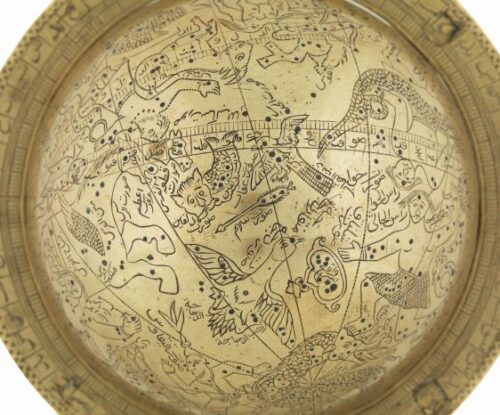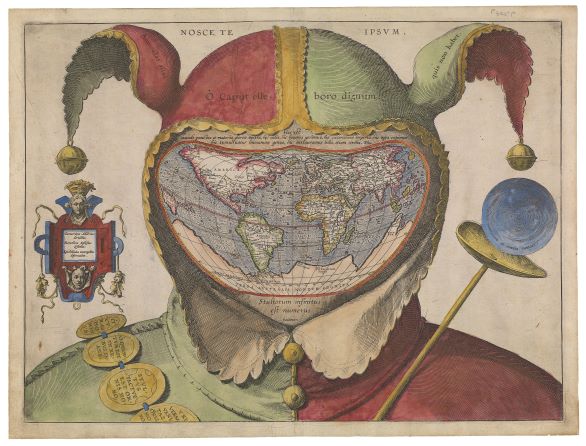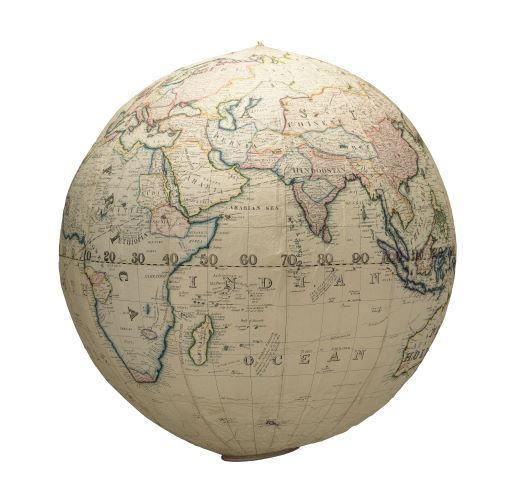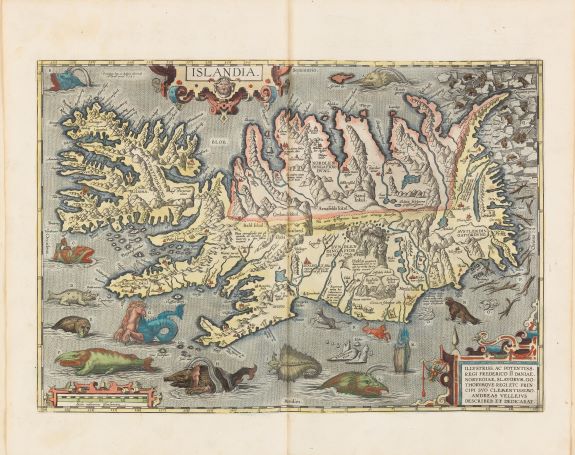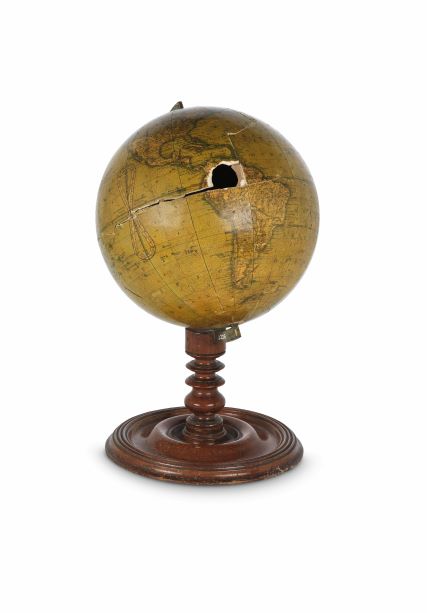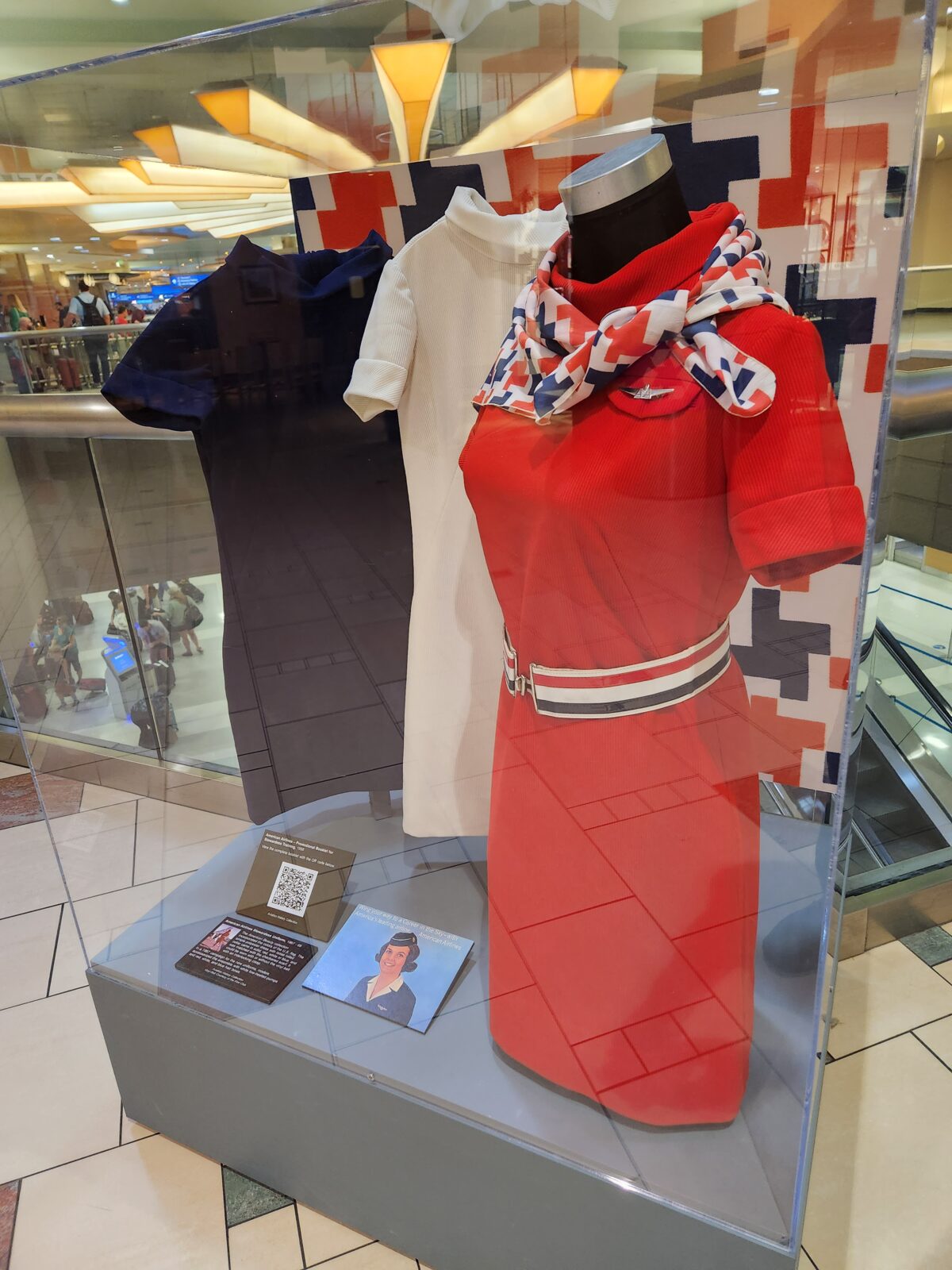
November is Aviation History Month. And that means it’s a good time to look at aviation history displays at airports around the country.
First stop: Phoenix Sky Harbor International Airport (PHX). There, the Phoenix Airport Museum presents numerous history displays. And exhibits are pre-security. Even better, the airport museum has a new Aviation History Guide chock full of information about the exhibits.
The guide is accessible via QR codes by the displays or online.
Gary Martelli, the manager/curator of the Phoenix Airport Museum was kind enough to send these images, along with descriptions.
American Airlines & PHX
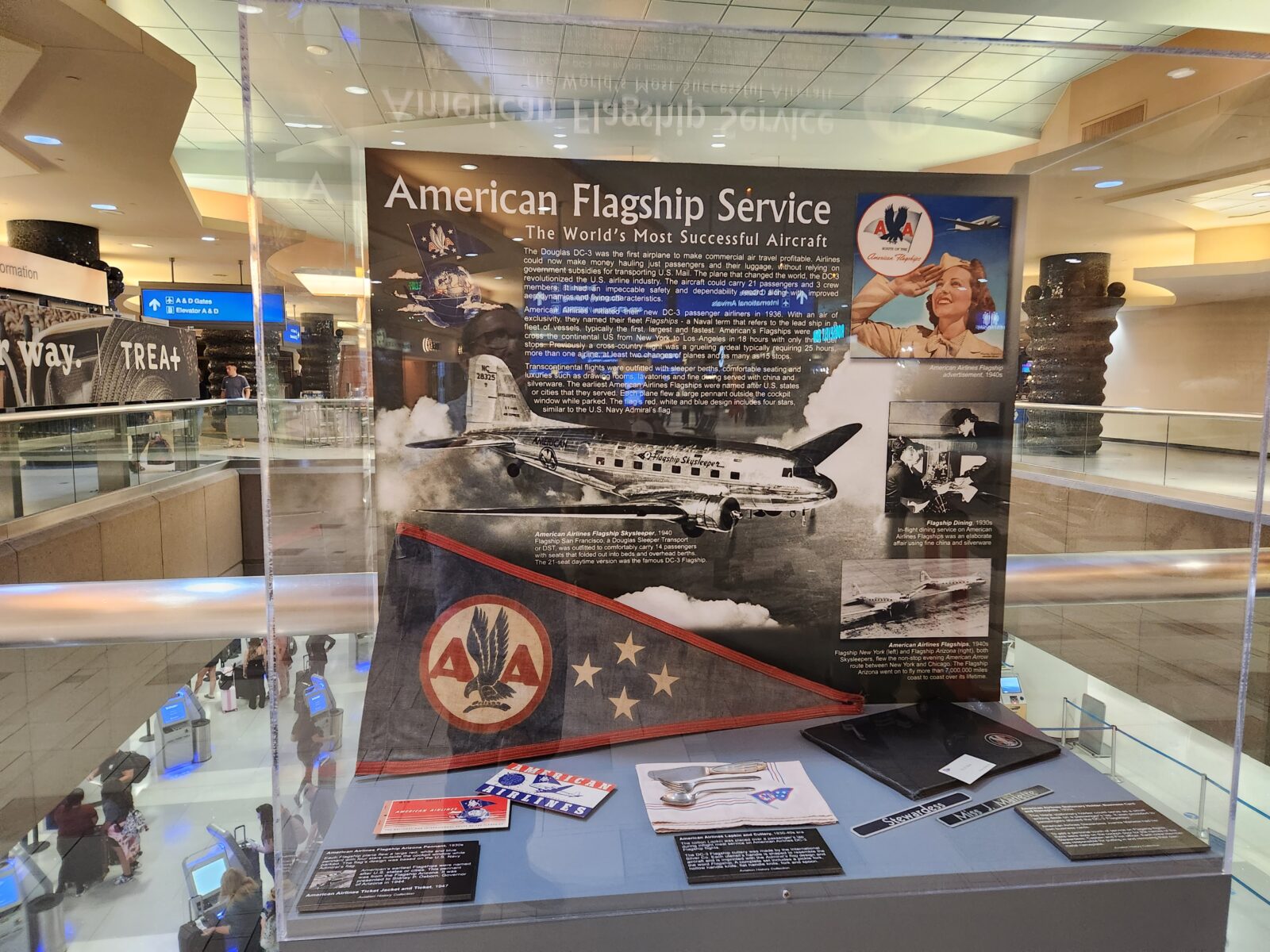
The World’s Largest Airline exhibition is at Terminal 4, level and looks at American Airlines’ long association with PHX. Look for fun facts, historic images, and rare objects like a ‘Flagship’ pennant that traveled millions of miles across America in the 1930s and 1940s.
You can also take a selfie with a life-size image of 1960s flight attendants dressed in their modern red, white and blue American Beauty uniforms.
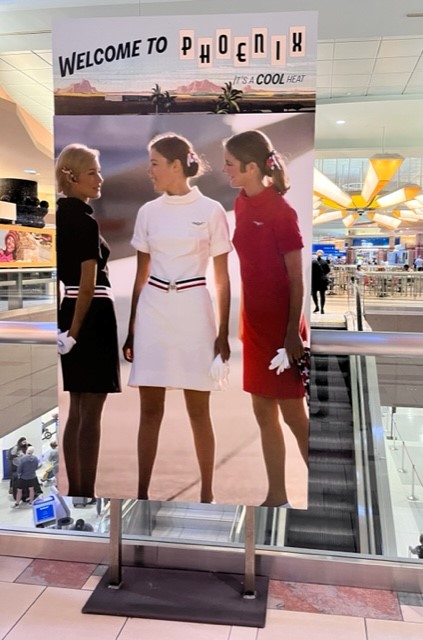
Fly-In Weddings Were Once a Thing at PHX
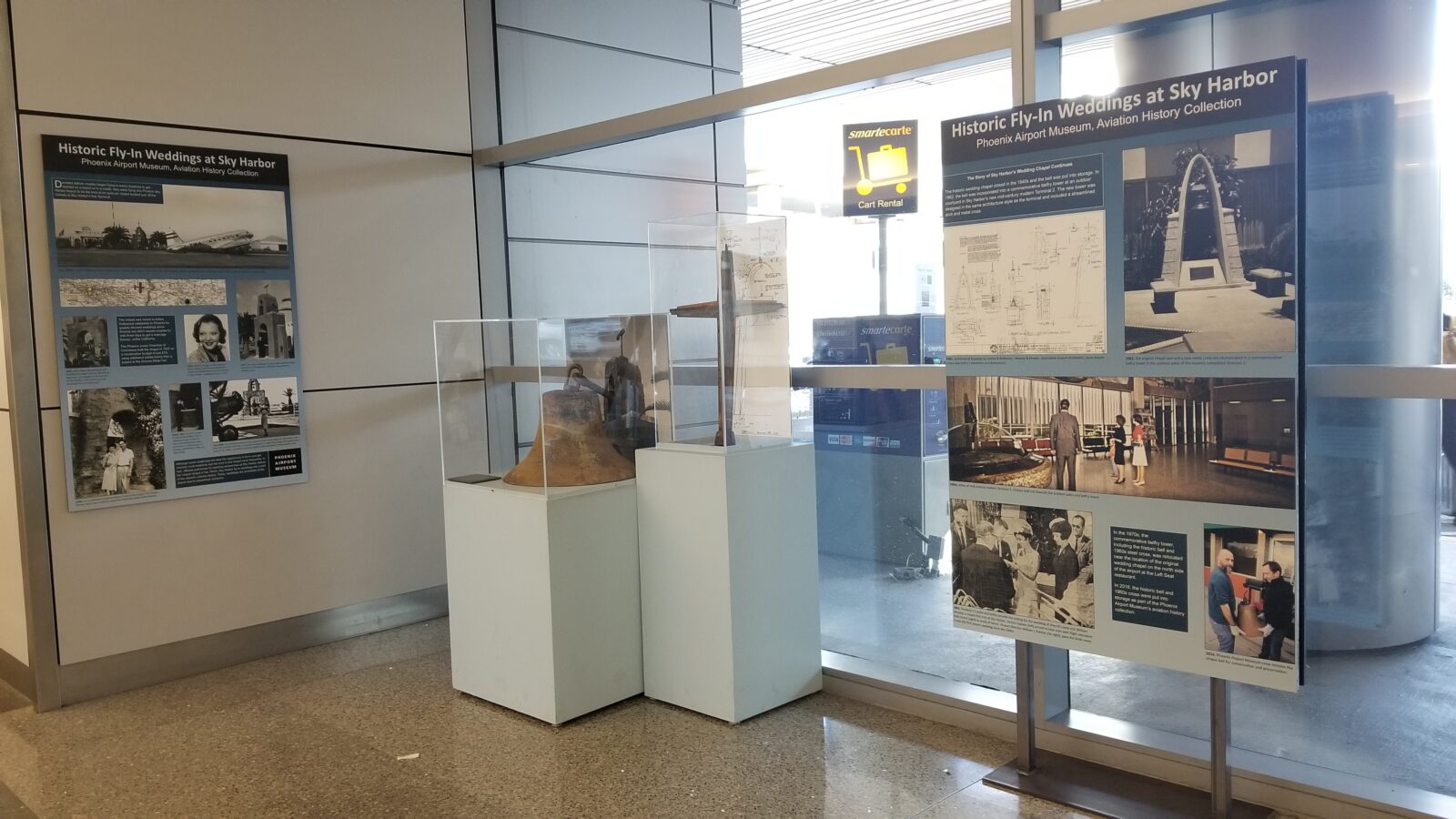
The Fly-In Weddings exhibition at Terminal 3, level 1 tells the story of the time when couples could fly into Sky Harbor to get married at an adobe mission-style chapel located right off the runway. The chapel was available for “aerial elopers” for a short time in the 1930s and 1940s. And on display are historic images and the original 200-year-old chapel bell.
World War 1 Fighter Plane

At the airport’s PHX Sky Train 44th Street Station you can look up and see one of the world’s few remaining original World War I fighter planes – the SPAD XIII. The biplane is suspended from the ceiling inside the station and is painted in the colors of the aircraft flown by Arizona’s own flying ace, Lt. Frank Luke, Jr.
